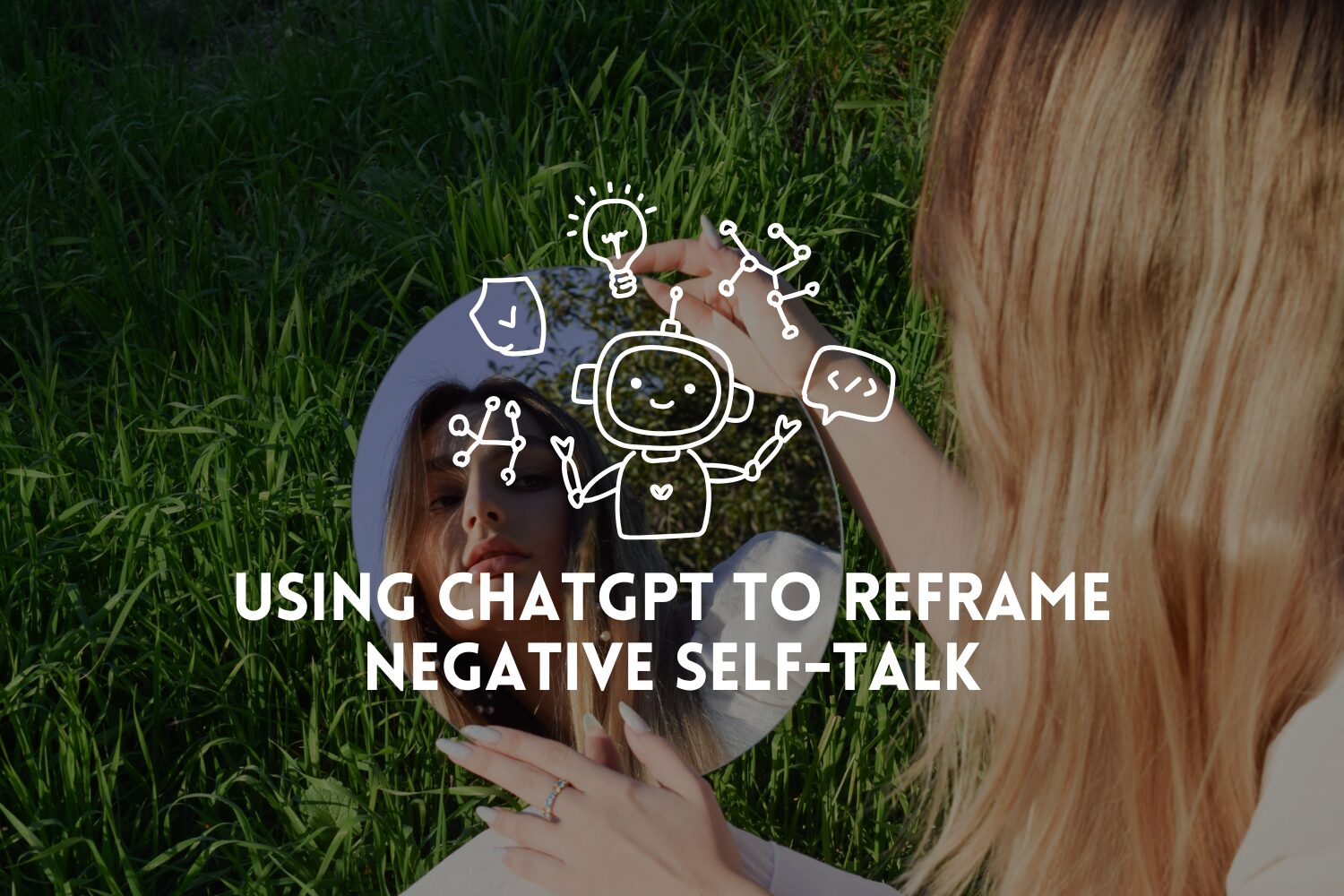Hey beautiful souls! 🌱
If you’ve ever felt overwhelmed, anxious, or just in need of a little comfort, you’re not alone. Life throws curveballs at all of us, and learning how to self-soothe daily is one of the most loving gifts you can give yourself. Self-soothing isn’t about ignoring your feelings it’s about meeting yourself with compassion, calming your nervous system, and building resilience for whatever comes your way.
In this comprehensive guide, we’ll explore the science behind self-soothing, practical daily techniques, and how to make these rituals a natural part of your life.
What is Self-Soothing?
Self-soothing is the art of calming yourself down when you’re feeling stressed, anxious, sad, or overwhelmed. It’s about learning to be your own safe place, especially when external comfort isn’t available. Think of it as emotional first aid a set of tools you can use to regulate your feelings and return to a sense of balance.
Self-soothing isn’t just for children or people in crisis. It’s a vital skill for adults too, helping you navigate daily life with more grace and resilience. Whether you’re dealing with work stress, relationship drama, or just the ups and downs of being human, self-soothing empowers you to respond instead of react.
Why Self-Soothing Matters
The Benefits of Self-Soothing
- Enhanced Emotional Regulation: Self-soothing helps you manage overwhelming emotions before they spiral out of control.
- Reduced Stress and Anxiety: Techniques like deep breathing and mindfulness lower stress hormones and promote a positive outlook.
- Increased Self-Confidence: Knowing you can comfort yourself builds self-trust and resilience.
- Better Sleep: Relaxation techniques can quiet your mind and prepare your body for restful sleep.
- Stronger Relationships: When you can self-soothe, you’re less likely to lash out or withdraw, leading to healthier connections.
For more on emotional resilience, check out Understanding and Challenging Deep-Rooted Beliefs.
The Science of Self-Soothing
Self-soothing activates your parasympathetic nervous system (the “rest and digest” mode), helping to decrease anxiety, stress, and even physical discomfort. Techniques like deep breathing, progressive muscle relaxation, and sensory grounding can slow your heart rate, lower blood pressure, and help you feel safe in your body.
Even if you didn’t learn self-soothing skills as a child, you can develop them as an adult with practice and intention. Over time, these techniques can rewire your brain for greater calm and emotional balance.
Explore more about mindset and emotional healing in Using ChatGPT to Reframe Negative Self-Talk.
How to Build a Daily Self-Soothing Practice
Let’s break down self-soothing into four main areas: mind, body, senses, and soul. Mix and match these techniques to create a daily ritual that feels nourishing for you.
Self-Soothing for the Mind
Deep Breathing
Deep, slow breaths signal safety to your brain and body. Try diaphragmatic breathing or box breathing to calm your mind. Imagine a balloon inflating in your belly as you inhale, and deflating as you exhale.
Journaling
Writing down your thoughts and feelings can help you process emotions and gain clarity. Try stream-of-consciousness writing or use prompts like “What do I need right now?” Discover more journaling prompts in Gratitude Journaling.
Mindful Meditation
Mindfulness grounds you in the present, reducing emotional reactivity and stress. Even five minutes a day can make a big difference. Try guided meditations from Mindful.org.
Positive Self-Talk
Replace harsh inner criticism with compassion. Use affirmations like “I am safe,” “This feeling will pass,” or “I can handle this”. For more on reframing thoughts, see Using ChatGPT to Reframe Negative Self-Talk.
Self-Soothing for the Body
Progressive Muscle Relaxation
Tense and release each muscle group, starting from your toes and moving up to your head. This technique helps release physical tension and signals your body to relax.
Gentle Movement
Yoga, stretching, or even a short walk can help discharge nervous energy and bring you back to your body. Dancing, swaying, or rocking can be especially soothing.
Soothing Touch
Give yourself a hug, wrap up in a soft blanket, or use a weighted blanket for comfort. Gentle self-massage or placing your hand over your heart can also be calming.
Warmth and Comfort
Take a warm bath, shower, or use a heating pad. Warmth is naturally calming for the nervous system.
Self-Soothing for the Senses
Engage Your Senses
Use your five senses to ground yourself in the present moment: look at calming images, listen to soothing music, light a scented candle, sip herbal tea, or hug a pillow. For more sensory rituals, check out 10 Daily Self-Love Rituals for a Harmonious Mindset.
Grounding Techniques
Try the “5-4-3-2-1” method: Name five things you can see, four you can touch, three you can hear, two you can smell, and one you can taste.
Self-Soothing for the Soul
Gratitude Practice
Notice and appreciate small blessings each day. Gratitude shifts your focus from lack to abundance, which is deeply soothing for the soul. Dive deeper with Cultivating Gratitude: A Path to Abundant Joy.
Creative Expression
Draw, paint, doodle, or make music. Creativity is a powerful outlet for emotions and can help you process what words can’t express.
Connection
Reach out to a friend, join a support group, or spend time with loved ones. Even a text or a call can be soothing when you’re feeling alone.
Affirmations and Mantras
Repeat gentle, loving phrases to yourself. Try “I am enough,” “I am safe,” or “I trust myself to get through this”. Explore more in 50 Affirmations to Balance Hormones and Heal PCOS Naturally.
Troubleshooting: When Self-Soothing Feels Hard
Self-soothing is a skill, and like any skill, it takes practice. If you find it difficult, start small even one deep breath or a gentle touch can help. Be patient: some days will be easier than others. That’s normal. If you’re struggling, reach out to a therapist or a trusted friend. Avoid self-judgment there’s no “right” way to self-soothe. Experiment and find what works for you.
For more on self-compassion, visit 10 Daily Self-Love Rituals for a Harmonious Mindset.
Making Self-Soothing a Habit
Create a Self-Soothing Routine
Schedule time each day for self-soothing, even if it’s just five minutes. Pair self-soothing with existing habits, like your morning coffee or bedtime routine.
Build a Self-Soothing Kit
Gather items that comfort you like a soft blanket, favorite tea, journal, or calming playlist—and keep them handy for tough moments.
Track Your Progress
Notice which techniques work best for you and when you need them most. Celebrate your efforts, no matter how small.
Self-Soothing Toolkit: Ideas and Inspiration
Here are some self-soothing activities to inspire your daily practice. Try a few and see what resonates!
- Deep Breathing: Inhale slowly through your nose, exhale through your mouth. Try box breathing.
- Journaling: Write about your feelings, dreams, or use prompts from Gratitude Journaling.
- Mindful Meditation: Focus on your breath, body, or a mantra. Use guided meditations.
- Progressive Muscle Relaxation: Tense and release each muscle group from toes to head.
- Soothing Touch: Hug yourself, use a weighted blanket, or gently massage your hands or feet.
- Warm Bath/Shower: Use warm water, add Epsom salts or essential oils.
- Sensory Grounding: Engage your five senses sight, sound, smell, taste, touch to anchor yourself.
- Gratitude Practice: List three things you’re grateful for each day. Share them with a friend or in a journal.
- Creative Expression: Draw, paint, sing, dance, or play an instrument.
- Nature Time: Take a walk outside, feel the sun on your face, or listen to birdsong.
- Positive Self-Talk: Use affirmations and compassionate language towards yourself.
- Music & Sound: Listen to calming music, nature sounds, or white noise. Make a playlist for tough days.
- Connection: Call or text a loved one, join a support group, or spend time with pets.
For more inspiration, visit 10 Passion Projects to Ignite Your Soul and Transform Your Life.
FAQ: Self-Soothing Myths and Truths
Is self-soothing just for kids?
Not at all! Adults benefit just as much (if not more) from regular self-soothing practices.
Is it selfish to focus on self-soothing?
No. Self-soothing is an act of self-respect and self-love. It helps you show up better for others too.
What if self-soothing doesn’t work right away?
Be patient and keep experimenting. It’s normal for some techniques to work better than others, and for your needs to change over time.
Can self-soothing replace therapy?
Self-soothing is a powerful tool, but it’s not a substitute for professional help if you’re struggling with ongoing distress or mental health challenges.
Further Reading and Resources
- 4 Best Self-Soothing Techniques & Strategies for Adults
- Self-Soothe: 15 Tips to Calm Distress
- 10 Self-Soothing Methods to Help You Find Balance
- Self-Soothing: What it is, Benefits, & Techniques to Get Started
- Grounding techniques and self-soothing for emotional regulation (PDF)
- The Benefits of Self-Soothing
- 100 Ways to Self Soothe
- Mindful.org: How to Practice Mindfulness
Final Thoughts: Self-Soothing as a Daily Act of Self-Love
Self-soothing isn’t about “fixing” yourself it’s about honoring your needs, responding to your emotions with kindness, and building a foundation of inner safety. The more you practice, the easier it becomes to return to calm, even when life feels chaotic.
Remember, you deserve comfort, care, and compassion every single day. Start small, be gentle with yourself, and let self-soothing become a loving ritual in your daily life.
For more soulful inspiration, self-care rituals, and practical tools, keep exploring EuphoriaWithin.com your sanctuary for living softly, intentionally, and joyfully.
You are worthy of peace, comfort, and joy today and every day.




